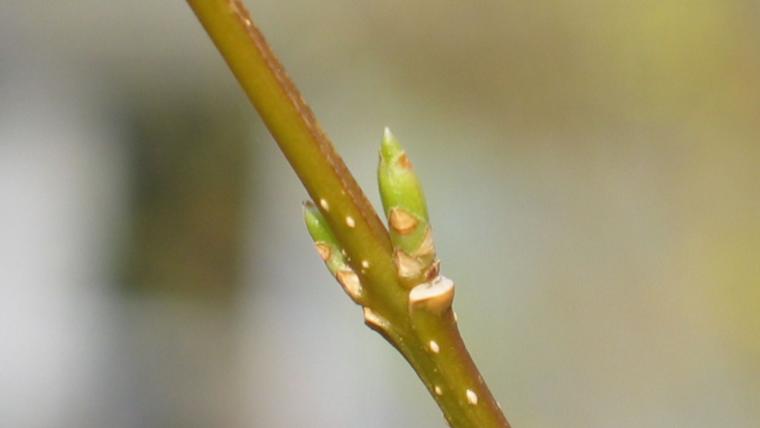
In a nutshell
The response of plants to future climate conditions is largely unknown. To predict how plants might respond to future conditions, scientists must first understand how they respond to current weather conditions. In general, spring leaf-out occurs in response to accumulated temperature.
Global warming is increasing nighttime temperatures more than daytime temperatures. For the most part, scientists haven’t differentiated between daytime and nighttime temperatures when totaling up accumulated temperature. If nighttime temperatures make a big difference to plant phenology, this could be important for predicting how plants respond to global warming. Using data from phenology observation programs, including Nature’s Notebook, the authors found that leaf unfolding is triggered more by daytime temperatures than by nighttime temperatures.
What is special about this study?
Knowing that the start of leaf unfolding is triggered more by daytime temperatures can lead to better predictions of when leaf-out might occur, and improve vegetation models to estimate how phenology will change over different parts of the globe.
What does this mean for YOU?
Phenological changes as a result of a climate warming can lead to altered species interactions and ecosystem functioning, which can impact the carbon, water, and energy balances on which all life depend. Increasing the knowledge of how plants might behave under different temperature scenarios will help scientists better predict these impacts and how they might be mitigated.
Citation: Piao, S., Tan, J., Chen, A., Fu, Y., Ciais, P., Liu, Q., Janssens, I., Vicca, S., Zeng, Z., Jeong, S., Li, Y., Myneni, R., Peng, S., Shen, M., and Peñuelas, J. 2015 Leaf onset in the northern hemisphere triggered by daytime temperature. Nature.